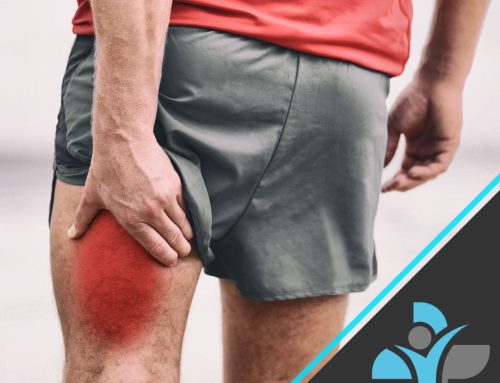
Stroke and Its Effects on Motor Functions (arms and legs)
Overview
A stroke can occur when the blood supply to part of the brain is interrupted or reduced (Ischemic stroke) that is caused by the obstruction of a blood clot (most common), or by blood vessels bursting (ruptures) and preventing the blood flow to the brain (Haemorrhagic stroke). Strokes prevent brain tissue from getting the required oxygen and nutrients, that can affect muscles in the arms and legs. Most strokes are ischemic, accounting for 85% of most strokes, and transient ischemic attacks are similar, except that no brain damage occurs, and symptoms typically resolve within an hour. After a stroke, the muscles may become limp and feel heavy (flaccid or low tone). In the weeks or months after a stroke, the muscles may shorten and tighten, making movement very difficult (spasticity). A stroke can be severe, so immediate treatment is crucial, and early action can reduce brain damage and other complications. Strokes can occur in any age group or sex; however, the risk increases with age. At younger ages, males are most likely to have a stroke, although hormonal changes during pregnancy, childbirth, and menopause, increases the risk of stroke for females.
Anatomy
At the base of the brain, the carotid and vertebrobasilar arteries form a circle of communicating arteries (namely the Circle of Willis). Other arteries such as the anterior cerebral artery (ACA), the middle cerebral artery (MCA) and posterior cerebral artery (PCA), develop and travel around the brain.
Ischemic stroke is caused by deficient blood and oxygen supply to the brain, as a build-up of plaque that causes the vascular chamber to constrict, and form clots (thrombotic stroke). A blood clot or the plaque can also break off and travel to the brain, reducing blood flow (embolic stroke), which causes severe stress and possible cell death (necrosis) that can be accompanied by a loss of neuronal function.
Haemorrhagic stroke is caused by sudden bleeding of blood vessels (accounts for about 10-15% of strokes). Stress in the brain tissue and internal injury causes an artery in or on top of the brain to open (rupture), causing pressure and swelling of the brain, that produces toxic effects in the vascular system, and causes abnormal accumulation of blood within the brain.
Symptoms
• Difficulty with speech and confusion on others speech
• Paralysis or numbness the body, including the face, an arm, or leg- restricting movement due to weakness and numbness
• Abnormally high blood pressure
• Problems with balance and coordination
• Vision loss in one or both eyes
• Severe headache (may be accompanied with vomiting and dizziness)
• Trouble walking
Risk Factors
• High blood pressure (hypertension) and high LDL cholesterol levels
• Diabetes or Obesity
• Family history and genetics
• Smoking and excessive alcohol drinking
• Heart disorders and atrial fibrillation
• Inflammation of blood vessels (vasculitis)
Diagnosis
Most stokes can be diagnoses through a neurological examination, that involves an observation evaluation of the nervous system (assessment of signs and symptoms, and the timing of symptoms). This often examined through completing the ‘standardised NIH Stroke Scale’, that measures neurological function and deficits through a list of questions and physical and mental tests (assessing alertness, communication, and simple movements).
Other assessments for stroke, sometimes includes brain imaging techniques such as CT scans, which are often used to rule out any bleeding in the brain before giving any medication. An MRI is often used to detect any stagnation of water movement through the cells in injured brain tissue. Both imaging techniques are equally as accurate in determining bleeding, however an MRI can provide an earlier diagnosis of ischemic stroke, performed on those without any types of metallic or electronic implants, such as a pacemaker.
Rehabilitation
The process of rehabilitation depends on the symptoms and severity, that could include different specialists such as speech therapy, physiotherapists, psychologists, and occupational therapists. The weakness or paralysis of the body, or limbs, can result in problems with coordination and balance, where the severity of the physical disability will be assessed before creating a treatment plan. The aim is often to relearn simple motor activities such as walking, sitting, standing, and lying down, and will focus on improving muscular strength to overcome any movement disabilities. Rehabilitation could involve:
• Constraint-induced therapy- an unaffected limb is immobilized, causing the person to use the affected limb to regain movement and function
• Electrical stimulation therapy- stimulates the nerves that make the muscles contract, to help regain control over the limb, and reduce pain and spasticity
• Stretching exercises- promotes blood flow and range of motion
• Strength exercises- improving grip and ability to use the affected limb
Early-stage example: holding the weak arm with the string arm and rocking it back and forth.
After gaining strength and mobility: squeezing a ball, using wrist weights, or hand weights to build muscle.
• Practice fine motor skills- (examples: picking up objects, writing and drawing with a pen)
• Injections- targeted therapy acts as nerve blocks in affected muscles, helping with spasticity (Phenol injections) or block the release of nerve chemicals involved in muscles contraction (Botulinum treatments)
If you are suffering from any of the symptoms or have suffered from having a stroke, our health and exercise professionals are happy to support you. Contact us on 0330 043 2501 or email us at info@livewellhealth.co.uk.



